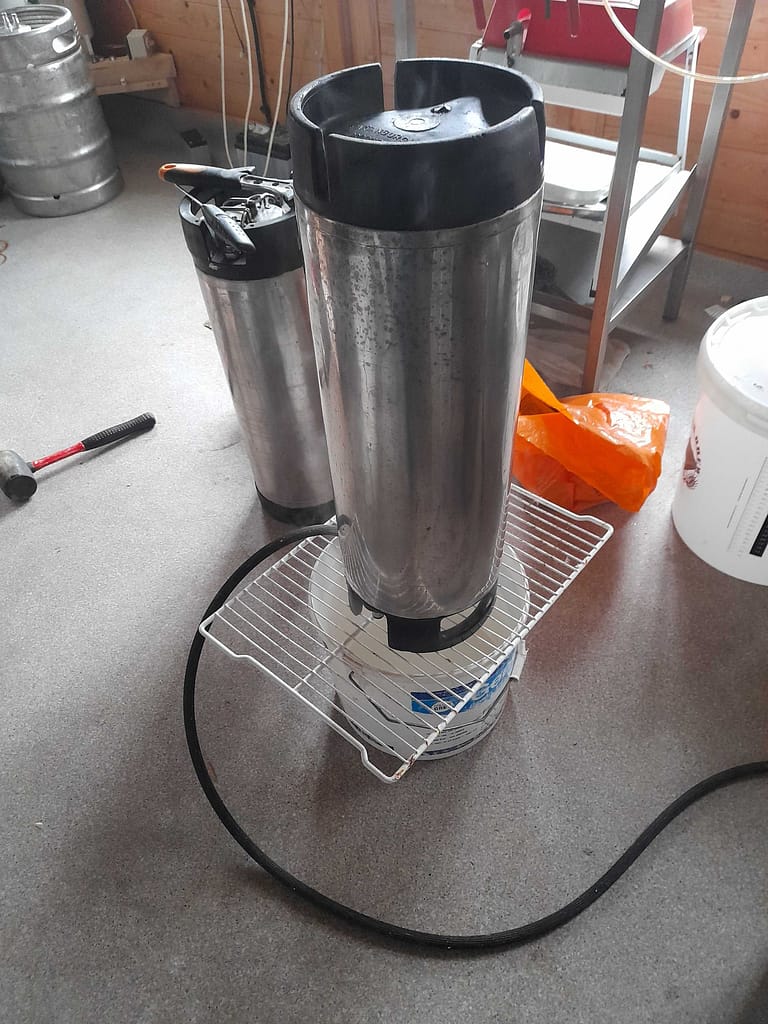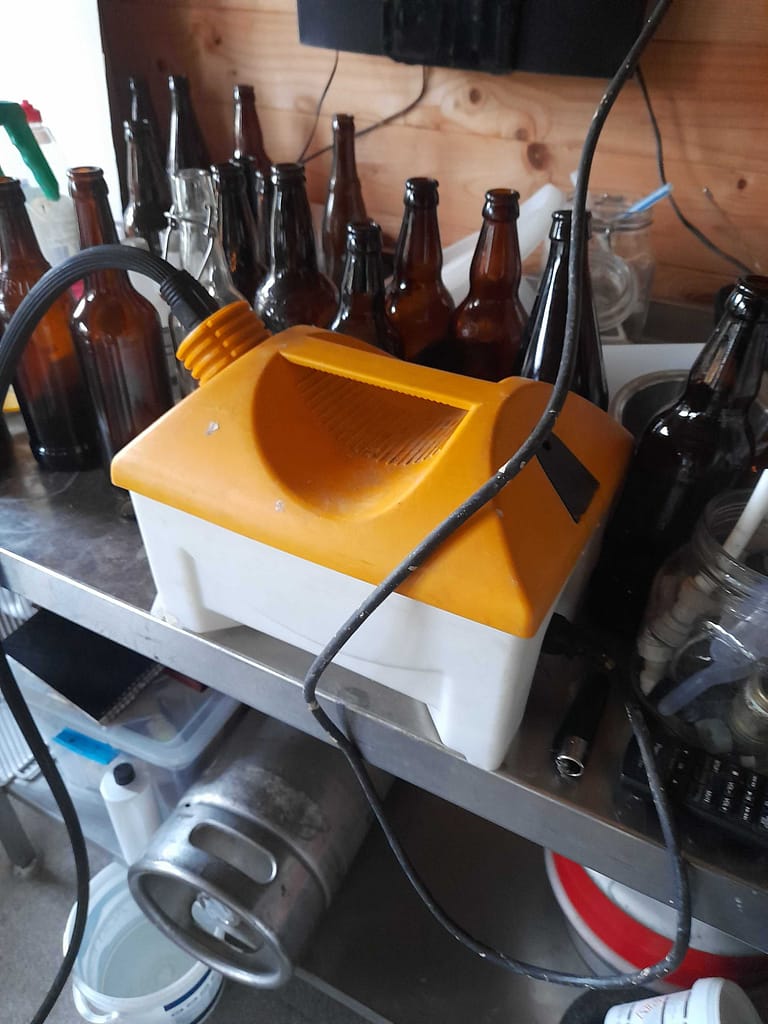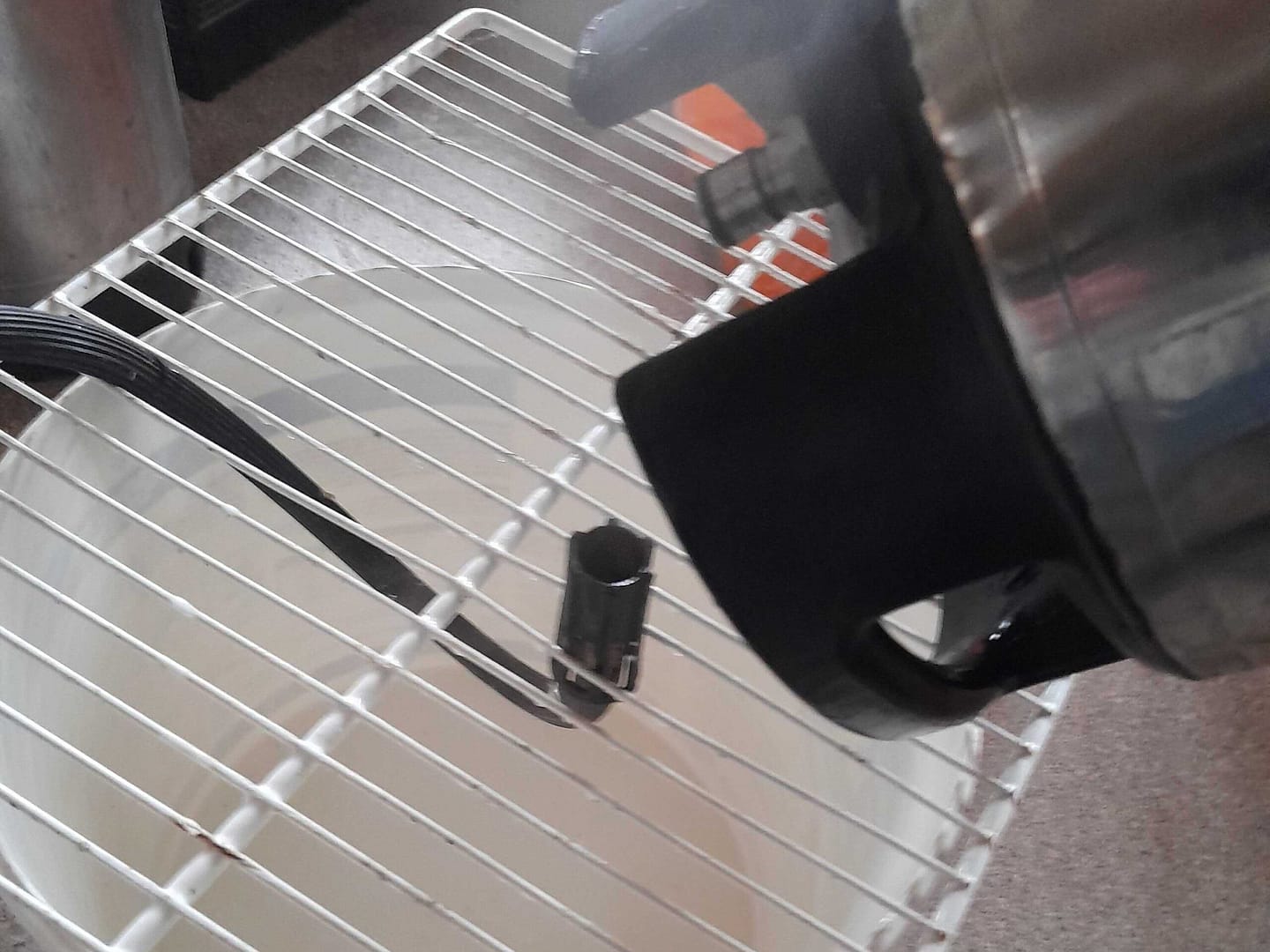[RS] Thanks to Steve Bennett for the original idea, where did you get the idea from? Also thanks to Nik Leng for taking these steamy images of his Keg steam cleaning project.
Steam power has been around for hundreds of years. Kegs are a PITA to clean and keep sanitised. Mixing the power of hot water vapour and heat (safely) can make this tiresome homebrew cleaning task a lot easier.
If you’ve ever suffered with infections in your beer and can’t isolate the problem, it could be your kegs. How often do you deep clean your kegs?
If you’re like me, you love using Cornelius kegs to store and serve your delicious homemade beer. If you’ve ever tried to clean your “cornie” kegs, you know it can be a wet and messy job. Have no fear, there are several options available to make your keg cleaning life easier.
This little secret was recently shared at a regional club meeting. Someone spoke about issues cleaning kegs, when Steve Bennett [Norfolk] popped up with this diamond: “Why do you do that? Use a wallpaper steam stripper, it makes cleaning your kegs a breeze!”. [edit: I’m not sure that these were his exact words, but they’re close enough to give you the idea.]


Making Your Own Steam Keg Cleaner
To utilise the power of steam and use a wall paper steam stripper, you’ll need:
- A wallpaper steam stripper
- A wire rack
- A bucket
- Cornelius kegs in need of cleaning
Preparation
It’s best to start by washing out your kegs to remove the dregs from the bottom. Use a hosepipe or rinse with clean, cold water.
You can also leave your kegs to do a CIP (Clean In Position) by filling your kegs with hot water and add a cleaning solution of your choice. I like to use a mixture of hot water and straight Sodium percarbonate* or PBW (Powdered Brewery Wash).
Steam Cleaning Your Keg
Steam is a great cleaner and steriliser. You can use it to deep clean most of your home brew equipment. Pulling kegs apart and steaming the poppets, disconnects, Co2 IN and beer OUT tubes is never a bad idea (until you can’t get your poppets back in).
I’ll leave the other steam cleaning ideas to your own creative imagination. Here we’ll cover steam cleaning the main body of the keg, with everything apart from the lid attached. Don’t forget to take the lid off!
NOTE: These tools are typically used for removing wallpaper, but they work great for cleaning Cornelius kegs too! Just use the wire racking to secure the steam wand inside the keg. The heat will ramp and cover all surfaces. Hot steam helps to break up any stubborn dirt or grime and sanitise the keg in the process.

WARNING: Steam is hot! Using it to clean makes the metal surfaces of kegs very hot when you use it to clean them. Be careful using steam and allow all treated surfaces to cool before touching them. When working with steam, always use suitable protective clothing and protect your eyes.
- Start by setting your wire rack over the top of your bucket. This will hold your steam wand and catch any water droplets that may fall during the cleaning process.
- Remove the wall paper steam application plate from the end of your wallpaper steam hose. Fix the hose to the wire rack and fire up your wallpaper steam stripper.
- As you’re steaming the keg, you’ll notice that water droplets start to form on the inside. That’s where the wire rack and bucket come in. You’ll catch the run-off in the bucket, which prevents any mess or water damage to your work area.
- Once you’ve steamed all surfaces of the keg, rinse it thoroughly with hot or cold fresh water.
- Finally, put your keg beck together and sanitise it with an acid sanitiser, such as ChemSan or StarSan (same stuff).
- Now you’re ready to purge the keg, run the sanitiser out of the beer out line (use this to fill up a spray bottle to sanitise poppets or FV taps when taking gravity readings) then fill the keg up with your next batch of beer.
Using a wallpaper steam stripper to clean Cornelius kegs is a game changer for any home brewer. It’s quick, easy, and effective. Plus, it’s a great way to repurpose an everyday household item for your brewing setup. Give it a try and see the difference for yourself.
NOTE: *Read this blog on using Sodium percarbonate (washing soda) to clean your brewing equipment.
Good idea but if you have a bucket blaster with disconnects to connect to poppits then it is really simple solution too